- Have any questions?
- +86-189 8930 5995
- sales@mosinterchem.com.cn
Potassium oxalate CAS 6487-48-5

N,N-Diethyl-p-phenylenediamine sulfate CAS 6283-63-2
17/12/2018
Potassium disulfate CAS 7790-62-7
17/12/2018| Model: | MOS6487-48-5 |
| Brand Name: | MOSINTER |
| CAS No.: | 6487-48-5 |
| Purity: | 99.8 |
| Appearance: | Colorless crystals |
| Water insoluble %≤: | 0.003 |
| Heavy metals (as Pb) %≤: | 0.0005 |
| PH: | 7.2-8.2 |
| Sodium (Na) %≤: | 0.02 |
| Total nitrogen (N) %≤: | 0.002 |
| Iron (Fe) %≤: | 0.0005 |
| Sulfate (SO4) %≤: | 0.01 |
| Chloride (Cl) %≤: | 0.001 |
| Phosphate (PO4) %≤: | 0.001 |
Potassium oxalate (CAS: 6487-48-5)
| Item | Index |
| Appearance | Colorless crystals |
| Purity %≥ | 99.8 |
| Water insoluble %≤ | 0.003 |
| PH | 7.2-8.2 |
| Heavy metals (as Pb) %≤ | 0.0005 |
| Iron (Fe) %≤ | 0.0005 |
| Sodium (Na) %≤ | 0.02 |
| Total nitrogen (N) %≤ | 0.002 |
| Chloride (Cl) %≤ | 0.001 |
| Sulfate (SO4) %≤ | 0.01 |
| Phosphate (PO4) %≤ | 0.001 |
Oxalate (IUPAC: ethanedioate) is the dianion with the formula C2O2-4, also written (COO)2-2. Either name is often used for derivatives, such as salts ofoxalic acid, for example sodium oxalate Na2+2•C2O2-4, or dimethyl oxalate ((CH3)2C2O4). Oxalate also forms coordination compounds where it is sometimes abbreviated as ox.
Many metal ions form insoluble precipitates with oxalate, a prominent example being calcium oxalate, the primary constituent of the most common kind ofkidney stones.
Relationship to oxalic acid
The dissociation of protons from oxalic acid proceeds in a stepwise manner as for other polyprotic acids. Loss of a single proton results in the monovalent hydrogenoxalate anion HC2O4−. A salt with this anion is sometimes called an acid oxalate, monobasic oxalate, or hydrogen oxalate. The equilibrium constant (Ka) for loss of the first proton is 5.37×10−2 (pKa = 1.27). The loss of the second proton, which yields the oxalate ion has an equilibrium constant of 5.25×10−5 (pKa = 4.28). These values imply that, in solutions with neutral pH, there is no oxalic acid, and only trace amounts of hydrogen oxalate. The literature is often unclear on the distinction between H2C2O4, HC2O4-, and C2O42-, and the collection of species is referred to oxalic acid.
As a ligand
Oxalate, the conjugate base of oxalic acid, is an excellent ligand for metal ions. It usually binds as a bidentate ligand forming a 5-membered MO2C2 ring. An illustrative complex ispotassium ferrioxalate, K3[Fe(C2O4)3]. The drug oxaliplatin exhibits improved water solubility relative to older platinum-based medicine, avoiding the dose-limiting side-effect ofnephrotoxicity. Oxalic acid and oxalates can be oxidized by permanganate in an autocatalytic reaction. One of the main applications of oxalic acid is a rust-removal, which arises because oxalate forms water soluble derivatives with the ferric ion.
Safety
Although unusual, consumption of oxalates (for example, the grazing of animals on oxalate-containing plants such as greasewood or Bassia hyssopifolia, or human consumption of wood sorrel) may result in kidney disease or even death due to oxalate poisoning. The presence of Oxalobacter formigenes in the gut flora can prevent this.
Cadmium catalyzes the transformation of vitamin C into oxalic acid and can result from smoking heavily, ingesting produce tainted with cadmium, or from industrial exposure to cadmium.
You must be logged in to post a review.

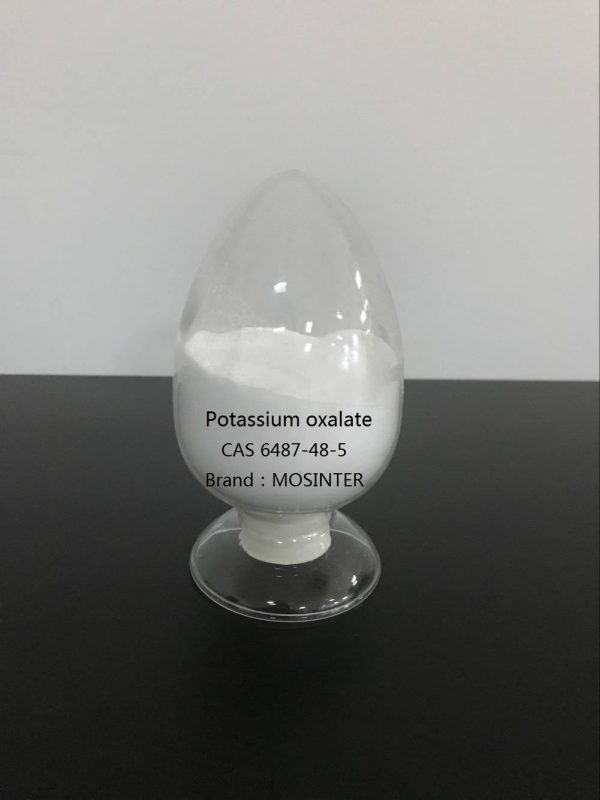
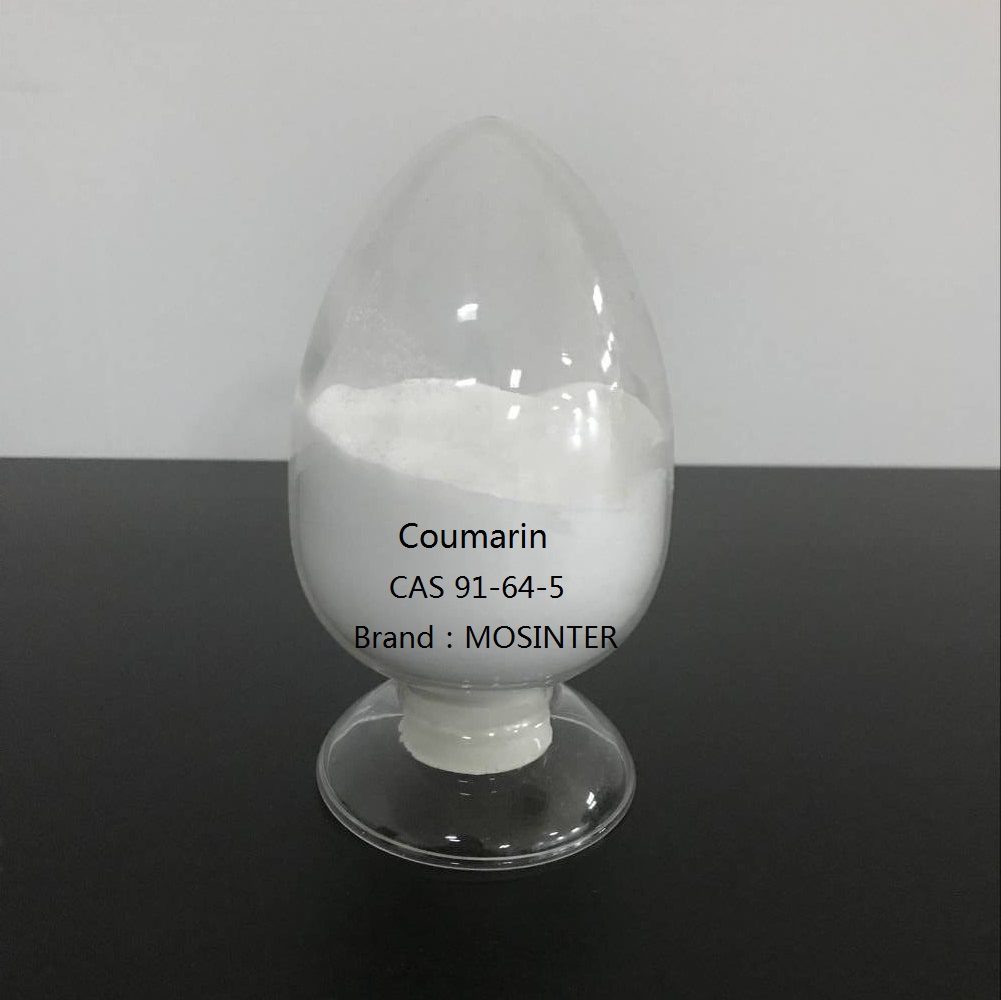
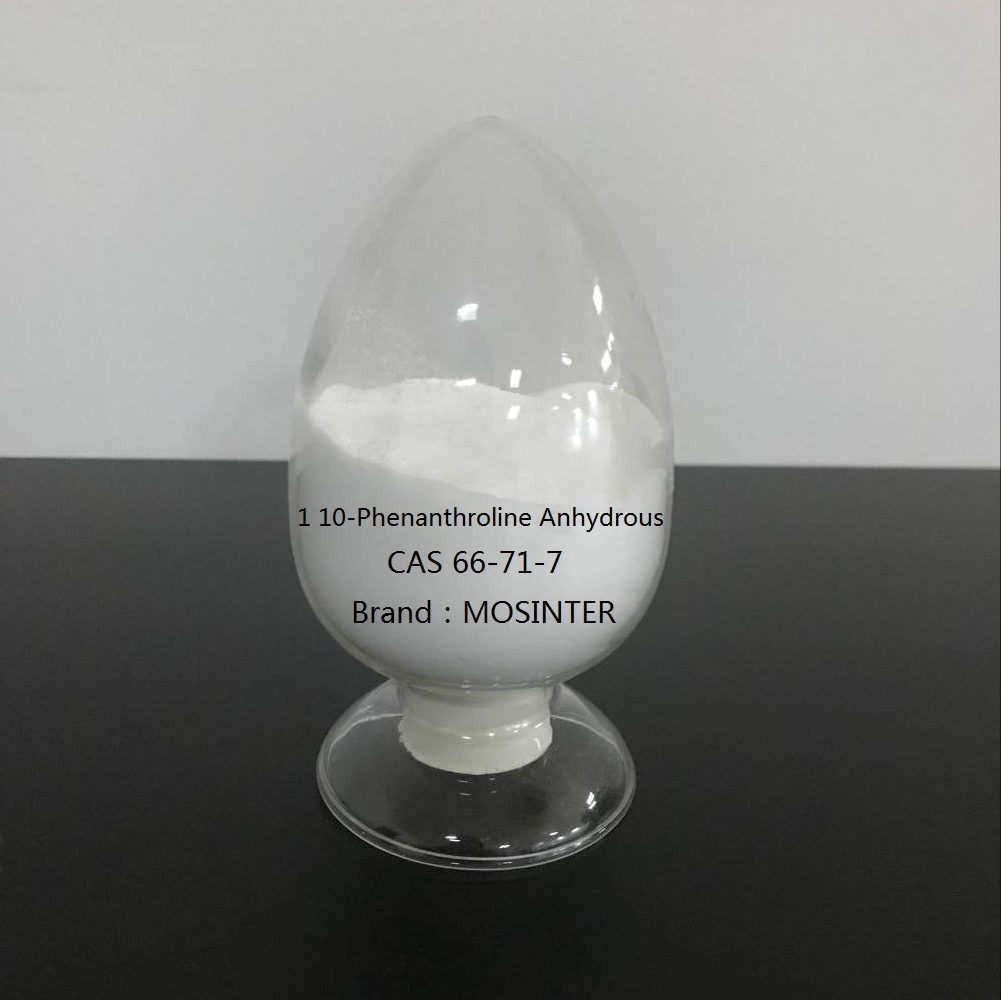
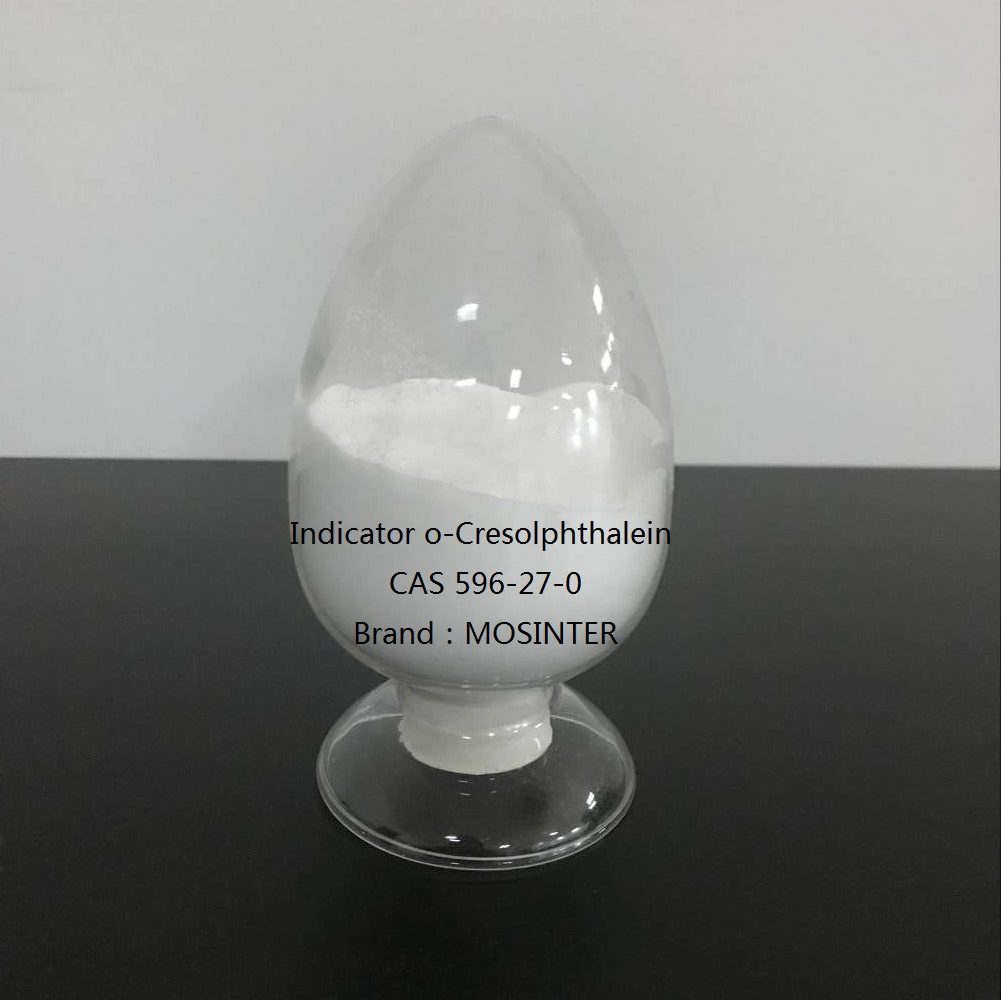
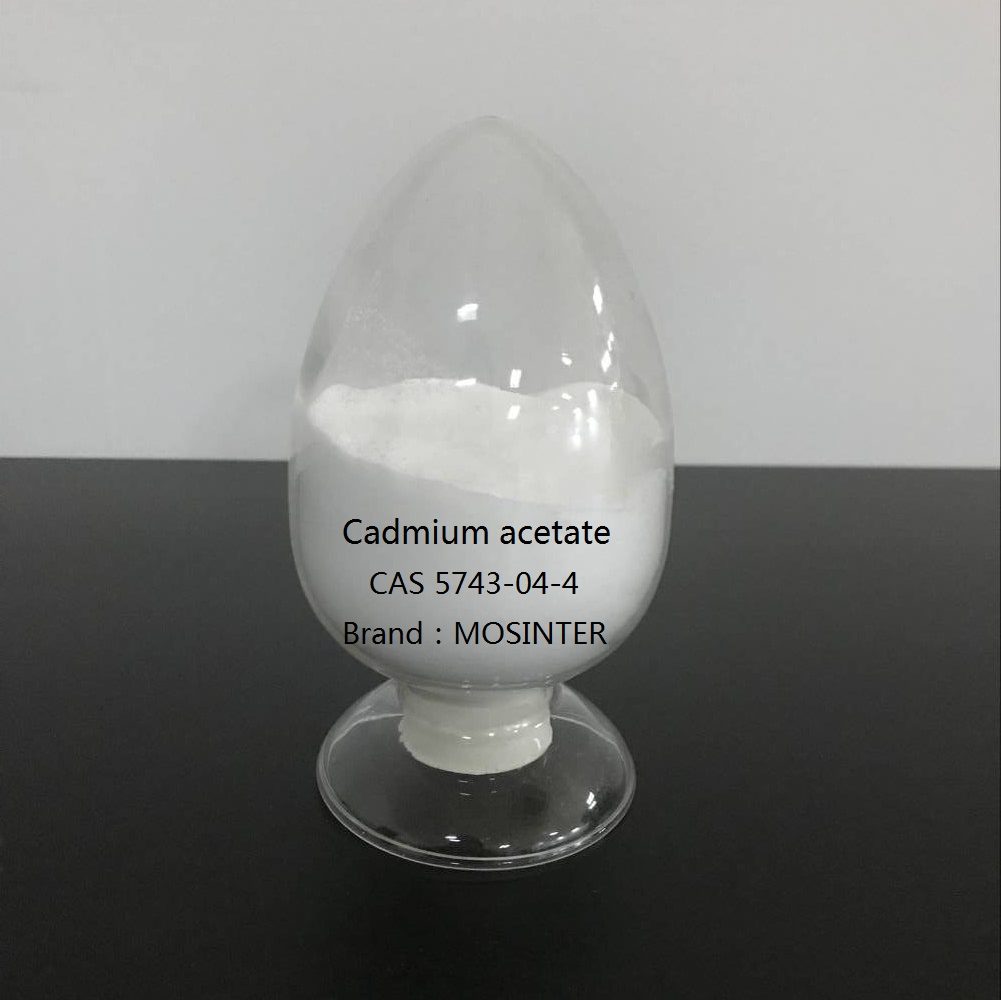
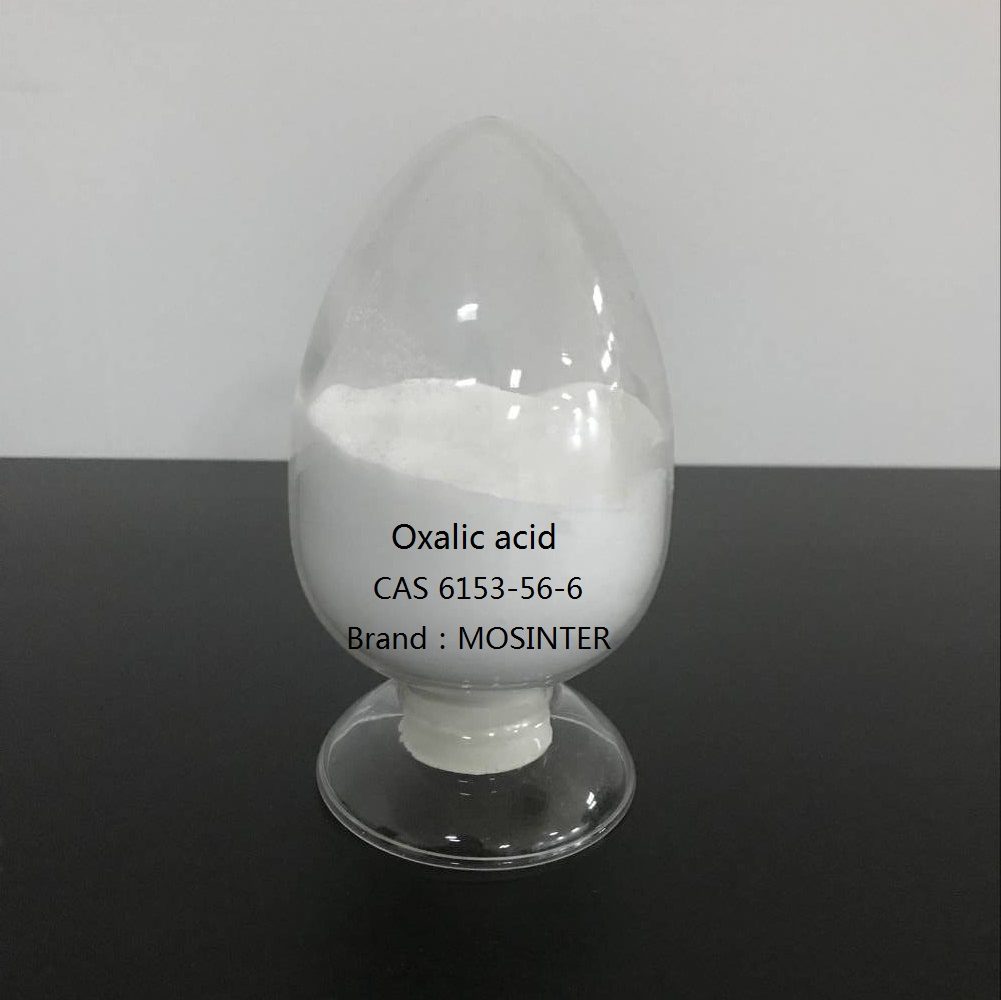
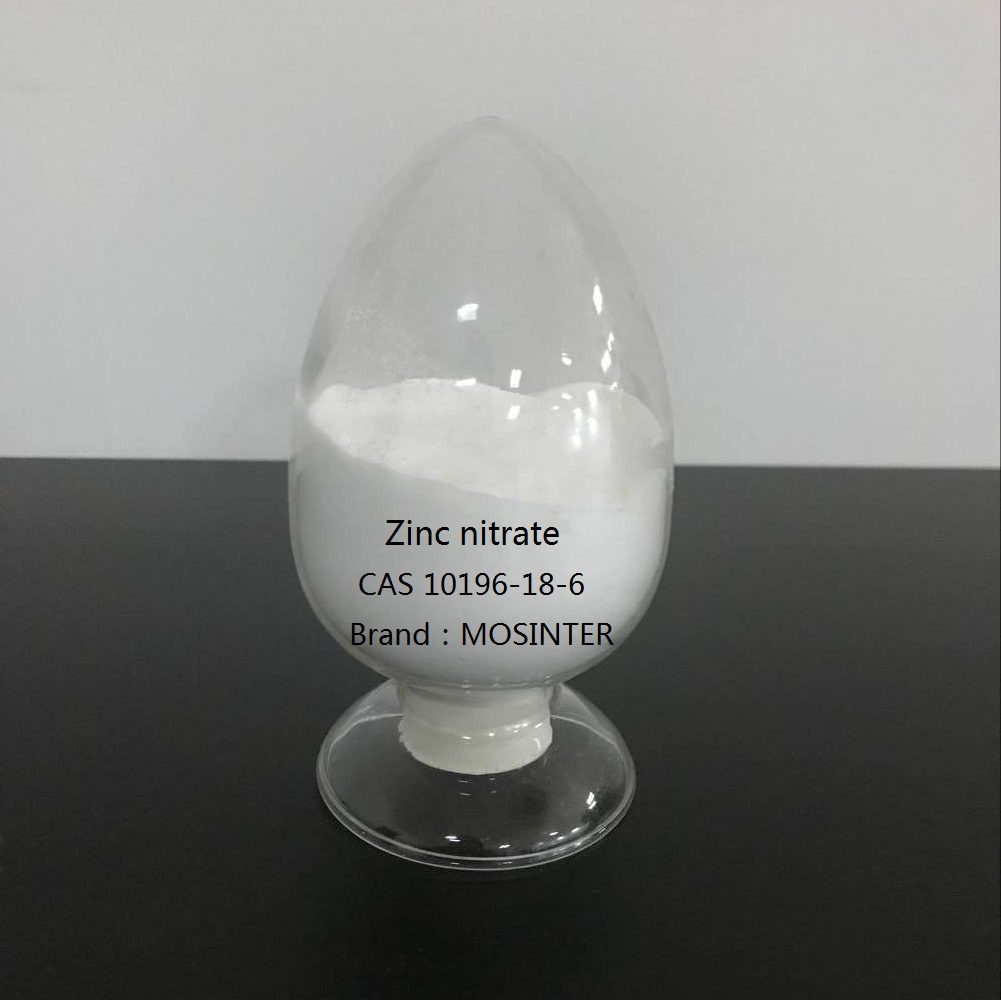
Reviews
There are no reviews yet.